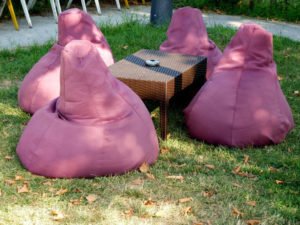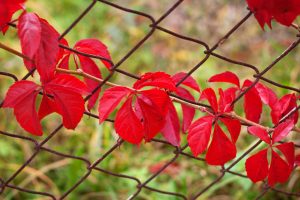
Everyone can make a wattle fence from branches, twigs or even thin tree trunks. Row by row, laying branches either behind fixed posts or in front of them, you can create a fairly solid and beautiful structure that people learned to use many millennia ago. Most likely, it was one of the first fences of mankind, as well as a piece of furniture, everyday life and even a fortification of ancient man. So we can only strain our genetic memory and boldly get down to business.
This activity is very pleasant, and the result is immediately visible. The main thing is not to forget about safety precautions: protect your eyes from branches, and your hands from pruners. It is especially good to weave with the whole family — one pegs sharpens and drives into the ground, another brings branches, the third weaves… Everyone will find a case within their strength and by years.
You can weave separate more or less identical rods — you will get a strict, neat, but boring fence. Such “soulless” fences are now being sold in garden centers and, to put it mildly, they will not surprise anyone. It is much more interesting to braid several rods at once, or even whole bundles of flexible branches of trees and shrubs. Such a fence will be more wild and artistically decorative.

Where and how can the fence be used
Some time ago, wicker fences even became fashionable, appeared not only in gardens, but also in shop windows, in the interiors of restaurants. As a rule, they wanted to emphasize the rural style. But the fence, which came to us from ancient times, is not so simple. Or vice versa — ingeniously simple. If used correctly, it can become an exquisite accent of a well-groomed garden or a simple functional fence around flower beds.

A low wattle-border can set the rhythm of the entire space of the garden. A wicker fence in several sections can be a portable garden screen, a children’s shelter or a home theater decoration. Well, if we weave in a circle or along some curve or polyline, we will get a garden object: a beautiful support for creepers, a maze, an original compost heap, a bed for a giant pumpkin, etc., etc.
In our opinion, it is not necessary to build fences next to modern stone cottages, where many decorative forged elements are usually used. Here it is appropriate to use woven structures stylistically thought out, maybe painted, or, on the contrary, in contrast — even more brutal.
In order for the fence not to be alien and deliberate in the garden, it is best to make it from what is in the garden itself or grows nearby in nature and needs some thinning. Without damaging the plants, you can carefully, “wisely” thin out and trim suitable trees. Poplar branches and shoots of fruit stone trees are well braided.
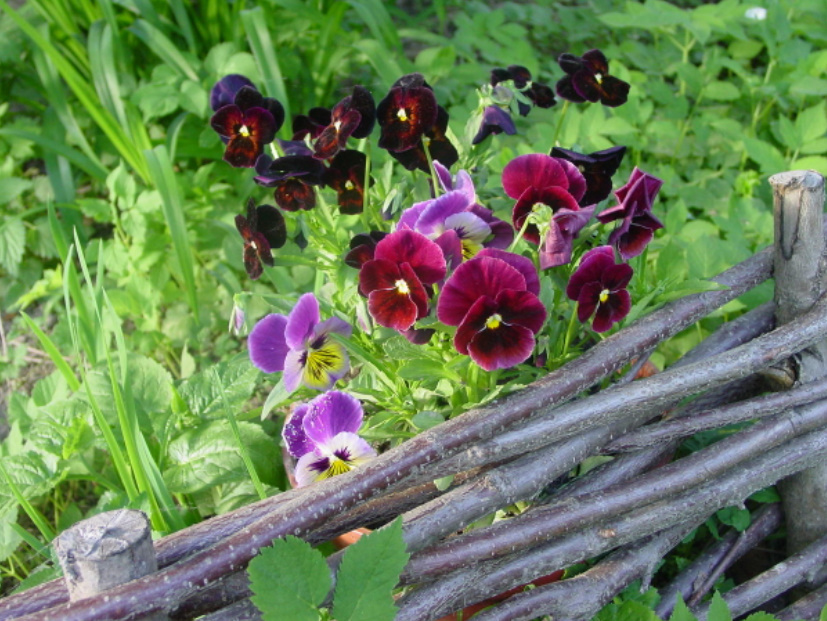
Also, of course, it must be understood that an untreated fence will stand for 3-4 years, but at the same time it is quite “maintainable”. You can extend its life (without paints and impregnations) by partially replacing the vertical columns with iron fittings or pipes. By the way, painted with green or brown paint, or even just rustically rusty, they will be almost invisible, but the stability of the structure is guaranteed. And over the years, it will be possible to replace only the branches of the braid itself.
We have been making “mobile” compost heaps in our garden for many years, changing their location on the site as needed. We drive in unnecessary scrap metal in a circle, we braid it and get a reliable basket. Humus in it “breathes” due to the braided walls, forms quickly and well.
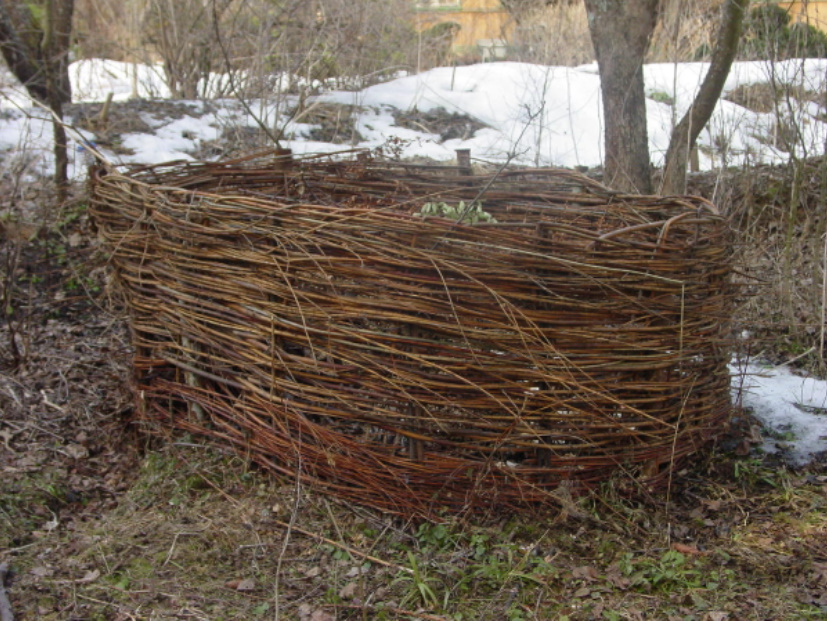
If you leave wooden stakes (especially for large, serious fences), their ends, which are driven into the ground, it would be nice to burn in a fire or impregnate with bitumen varnish, since the rotting of wood begins at the ground-air border.
A burning desire to weave in the garden usually appears in early spring. It is best to weave with fresh branches, before the growth of fresh shoots begins. But you can also save for this purpose the branches cut in autumn: they should be left for the winter under the snow, and in the spring they should be covered from the sun. The main thing is that they do not dry out.
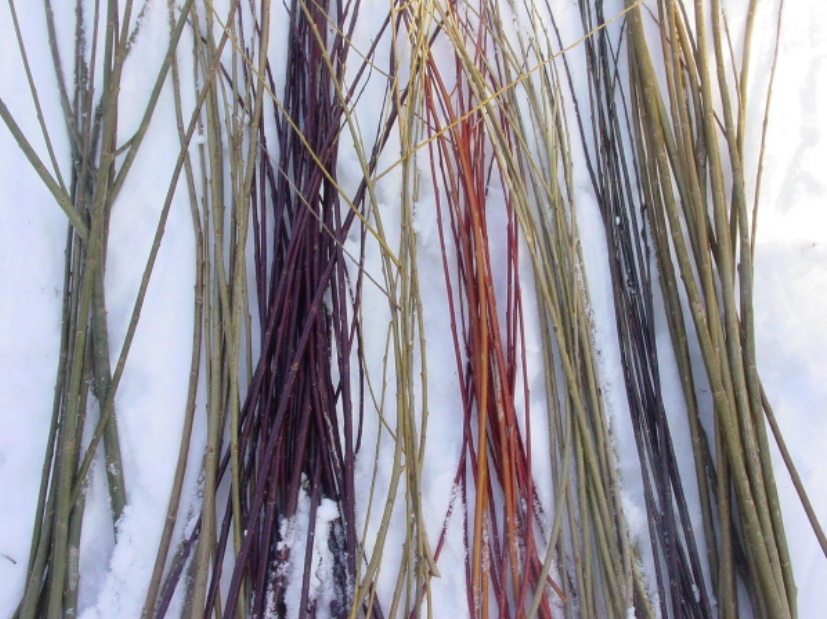
In the next publication, we will look at several types of wattles in more detail.

